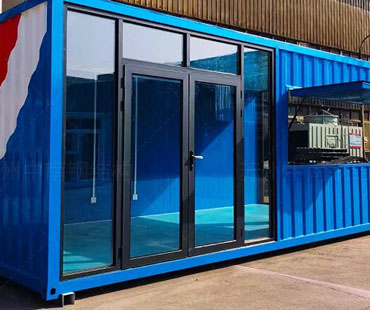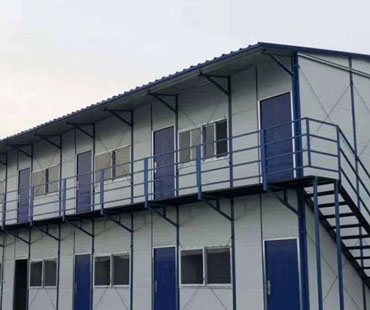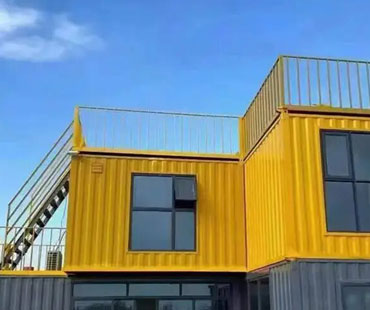The global economy thrives on the efficient movement of goods, and container transportation serves as the backbone of international trade. From massive port facilities to inland terminals, each step in the logistics chain plays a crucial role in ensuring seamless cargo flow. Zhengyu Container Housing Company explores the key components of the container transportation network, highlighting how ports, vessels, intermodal connections, and terminals work together to keep commerce moving.
1. Ports: The Gateways of Global Trade
Ports serve as the primary hubs where containerized cargo transitions between land and sea. Equipped with deep-water berths, gantry cranes, and extensive storage yards, modern ports handle millions of TEUs (twenty-foot equivalent units) annually. Key functions include:
-Vessel Loading/Unloading:Ship-to-shore cranes transfer containers between vessels and the dock.
-Temporary Storage:Containers are stacked in designated yards before further transport.
-Customs Clearance:Authorities inspect and process documentation for international shipments.
Major global ports like Shanghai, Singapore, and Rotterdam exemplify the scale and efficiency required to keep supply chains running.
2. Ocean Shipping: The Long-Haul Connector
Container vessels, ranging from feeder ships to ultra-large container ships (ULCS), form the backbone of transoceanic trade. Shipping lines optimize routes using hub-and-spoke systems, ensuring cost-effective and timely deliveries. Critical considerations include:
-Route Planning:Major trade lanes (Asia-Europe, Trans-Pacific) dominate global shipping.
-Vessel Capacity:Modern ships carry over 24,000 TEUs, maximizing economies of scale.
-Schedule Reliability:Delays can disrupt downstream logistics, emphasizing the need for precision.

3. Intermodal Transport: Bridging the Gaps
Once containers leave the port, they rely on interconnected transport modes:
-Rail:Double-stack trains efficiently move large volumes inland.
-Trucking:Provides last-mile flexibility for destinations beyond rail networks.
-Barges:Used in regions with navigable waterways for cost-effective transport.
Efficient drayage (short-distance trucking) ensures smooth transitions between ports and railheads or distribution centers.
4. Inland Terminals: The Final Link
Inland terminals act as regional hubs, extending port reach deep into hinterlands. Functions include:
-Cargo Consolidation/Distribution:Grouping shipments for efficiency.
-Transloading:Transferring containers between trucks and trains.
-Warehousing:Offering temporary storage close to end consumers.
Dry ports and logistics parks, such as those in Chicago or Duisburg, reduce congestion at coastal ports while speeding up delivery times.
The container transportation chain is a marvel of modern logistics, integrating ports, ships, rail, trucks, and terminals into a cohesive system. As trade volumes grow, advancements in automation, digital tracking (e.g., blockchain), and green logistics will further enhance efficiency. From megaships to last-mile delivery, every link must operate seamlessly to sustain the flow of goods that powers the global economy.


